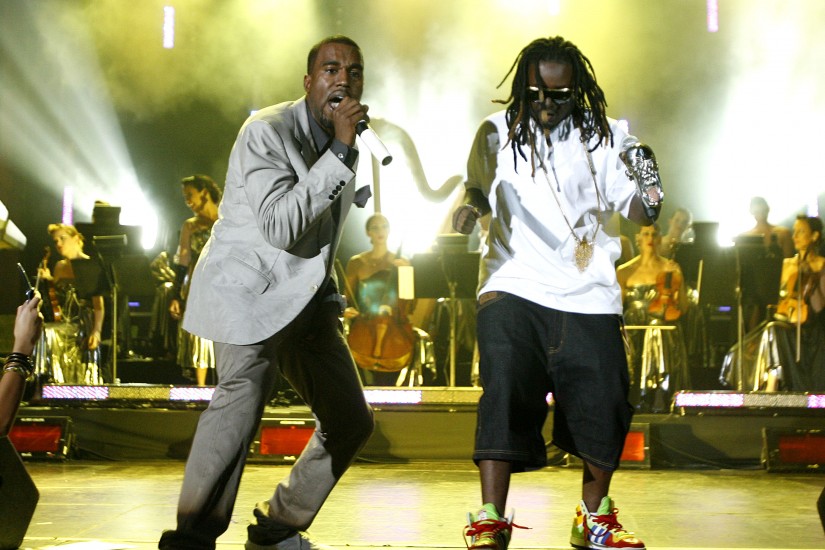Long before inventing Auto-Tune, the mathematician Dr. Andy Hildebrand made his first fortune helping the oil giant Exxon find drilling sites. Using fabulously complex algorithms to interpret the data generated by sonar, his company located likely deposits of fuel deep underground. Alongside math, though, Hildebrand’s other passion was music; he’s an accomplished flute player who funded his college tuition by teaching the instrument. In 1989, he left behind the lucrative field of “reflection seismology” to launch Antares Audio Technology, despite not being entirely certain what exactly the company would be researching and developing.
The seed of the technology that would make Hildebrand famous came during a lunch with colleagues in the field: When he asked the assembled company what needed to be invented, someone jokingly suggested a machine that would enable her to sing in tune. The idea lodged in his brain. Hildebrand realized that the same math that he’d used to map the geological subsurface could be applied to pitch-correction.
The expressed goal of Antares at that time was to fix discrepancies of pitch in order to make songs more effectively expressive. “When voices or instruments are out of tune, the emotional qualities of the performance are lost,” the original patent asserted sweepingly—seemingly oblivious of great swathes of musical history, from jazz and blues to rock, reggae, and rap, where “wrong” has become a new right, where transgressions of tone and timbre and pitch have expressed the cloudy complexity of emotion in abrasively new ways. As sound studies scholar Owen Marshall has observed, for the manufacturers of Auto-Tune, bad singing interfered with the clear transmission of feeling. The device was designed to bring voices up to code, as it were—to communicate fluently within a supposedly universal Esperanto of emotion.
And that is exactly how Auto-Tune has worked in the preponderance of its usage: Some speculate that it features in 99 percent of today’s pop music. Available as stand-alone hardware but more commonly used as a plug-in for digital audio workstations, Auto-Tune turned out—like so many new pieces of music technology—to have unexpected capacities. In addition to selecting the key of the performance, the user must also set the “retune” speed, which governs the slowness or fastness with which a note identified as off-key gets pushed towards the correct pitch. Singers slide between notes, so for a natural feel—what Antares assumed producers would always be seeking—there needed to be a gradual (we’re talking milliseconds here) transition. As Hildebrand recalled in one interview, “When a song is slower, like a ballad, the notes are long, and the pitch needs to shift slowly. For faster songs, the notes are short, the pitch needs to be changed quickly. I built in a dial where you could adjust the speed from 1 (fastest) to 10 (slowest). Just for kicks, I put a ‘zero’ setting, which changed the pitch the exact moment it received the signal.”
It was the fastest settings—and that instant-switch “zero”—that gave birth to the effect first heard on “Believe” and which has subsequently flourished in myriad varieties of brittle, glittering distortion.
